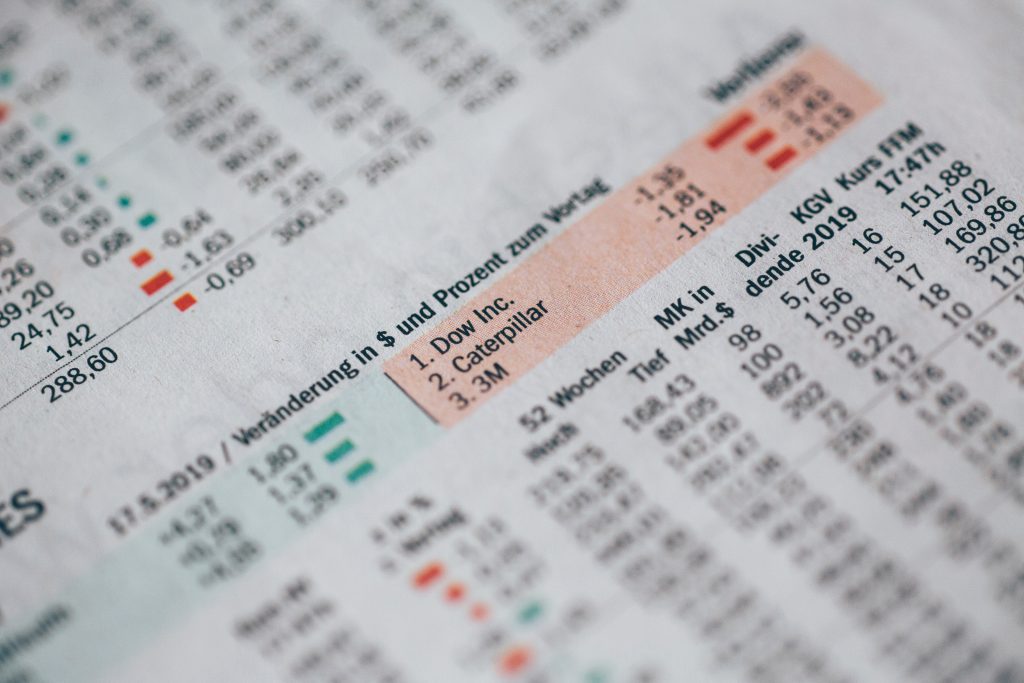Need any help? Contact us:

Table of Contents

If you are looking to invest in a company, you may have the option to choose between two categories of stock: preferred shares and common shares. While both do offer some level of ownership of the company, they are different in some very important ways.
For business owners who are looking for an alternative to loans as a funding option, they may be considering equity financing and investors who are interested in buying shares in a company. As such, the differences between preferred stock and common stock are significant. The following is a quick guide to what preferred stock is and what it may mean to investors.
What is Preferred Stock?
When most investors buy stock, they buy common shares. Preferred stock is usually offered to a venture capital firm or an angel investor when a business is trying to raise a lot of money from one or just a few investors.
The main reason this type of stock is used in these situations is that it offers certain protections and guarantees to the investor. The holders of preferred shares have priority over those with common shares when it comes to dividends. If the company were to go bankrupt, the holders of preferred stock would also have the first right to the company’s assets.
Preference shares typically do not come with voting rights. That means that you do not have to worry about whether you have class A shares or class B shares like you would with some forms of common stock.
Preferred stock is also callable. This means that the issuer can buy the shares back at any time. Usually, there are provisions for redeeming the shares that include the price and whether the stockholder has the option to convert the preferred shares into a certain number of common shares.
Types of Preferred Shares
Another important point to consider is that there are different types of preferred shares. The following is a brief description of the different types of preferred stock:
- Cumulative Preferred Stock: This means that even if a dividends payment is missed at some point, it still has to be paid to the holders of preferred stock. The payments may be postponed or omitted for a time, but the company cannot skip a dividend payment altogether.
- Non-Cumulative Preferred Stock: In this case, the stockholder would have no right to go after any missed dividend payments. As an example, if the company were to run into financial trouble and have to suspend dividend payments for a time, these stockholders would not be able to recover the missed payments. However, they would still have preference over common stockholders if dividends were to be issued.
- Convertible Preferred Stock: These are shares that have a provision that allows the holder to convert them to common shares. Usually, the shares can only be converted at the request of the shareholder and after certain predetermined events have occurred. Additionally, there will be a conversion ratio that determines the rate at which preferred shares can be exchanged for common shares.
- Participating Preferred Stock: With participating preferred stock, the shareholder may be entitled to additional dividends. This additional dividend is usually reserved for situations where the common stock is paying out dividends that are much higher than the specified rate for the preferred stock.
What This Means for Investors
Preferred stock is a good option for an investor who is trying to limit risk. These shares tend to be less volatile and the owner of the stock has precedent when it comes to dividends. This is why most venture capital firms demand preferred stock when they offer funding to a new and unproven business.
While the reduced risk can make preferred shares more attractive to some investors, common shares typically have more upside. If the company is very successful, the common shares will offer more value. This is why some investors look for provisions that allow them to convert the preferred shares or receive additional dividends if the common shares start to see higher dividends.
This article does not constitute legal advice.
The opinions expressed in the column above represent the author’s own.
Start managing your legal needs with Zegal today
READ MORE: Later Stage Funding Using A Mix of Debt and Equity
RELATED READING: How Do I Fund My New Business Venture In The UK?




